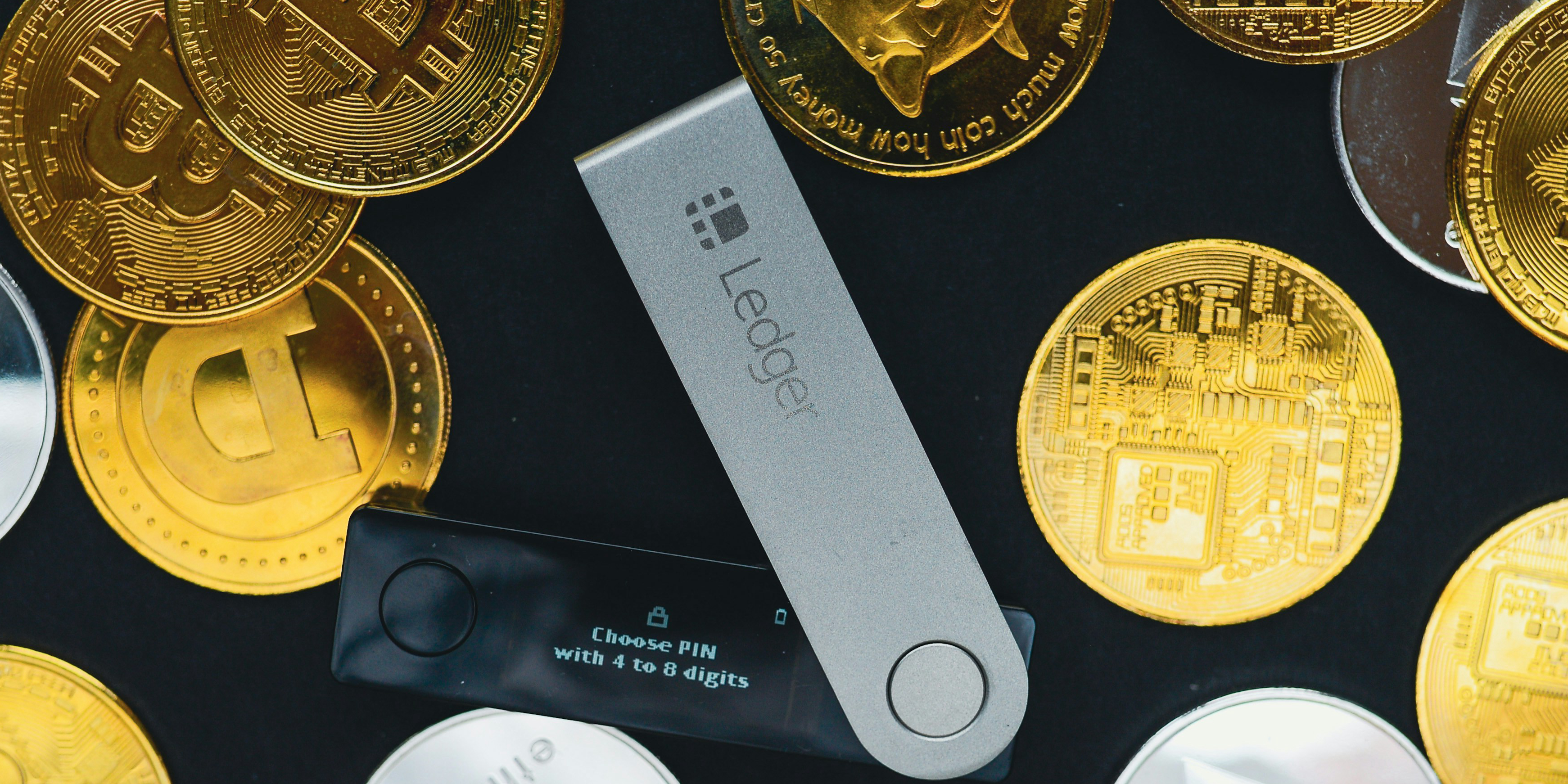Welcome to this blog ✍️ !! Let’s deep dive into web3 wallets ⤵️
The need for secure and versatile ways to manage assets grows as the digital landscape evolves. Web3 wallet is the gateway to decentralized finance (DeFi) and blockchain interactions.
This guide delves into the essentials of Web3 wallets, offering insights into their types, functionalities, and how to get started. But before that, let’s explore one important concept of web3 i.e. “Account”.
What is an Account🤷♂️?
In the context of blockchain, an account is a digital identity that allows users to store, manage, and interact with their assets on the blockchain. Each account is identified by a unique address.
Types of Accounts:
-
👉 Externally Owned Account (EOA): EOAs are controlled by a user's private key and can interact directly with the blockchain. Example: MetaMask, Trust Wallet.
-
👉 Smart Contract Account(SCA): SCWs are programmable wallets that can perform complex operations and offer enhanced security features. Example: Argent, Gnosis Safe.
What Are Web3 Wallets❓
Web3 wallets are digital tools that facilitate the management of blockchain accounts. They enable users to store and manage cryptocurrencies, interact with decentralized applications (dApps), and perform transactions on the blockchain. Unlike traditional wallets, Web3 wallets provide full control over private keys, embodying the principles of decentralization.
“At a high level, a wallet is a software application that serves as the primary user interface to Ethereum. The wallet controls access to a user’s money, managing keys and addresses, tracking the balance, and creating and signing transactions”
- Mastering Ethereum
📌 Types of Web3 Wallets:
Web3 wallets can be broadly classified into several types based on their functionality and level of security. Some of the important types are:
-
Custodian Wallet
-
🟦 Description: Custodian wallets are managed by a third party that holds the private keys on behalf of the user. This provides convenience and ease of use but at the cost of control over the assets.
-
🟧 Example: Coinbase Wallet
-
-
Non-Custodian Wallet
-
🟦 Description: Non-custodian wallets give users full control over their private keys and assets. Users are responsible for securing their private keys.
-
🟧 Example: MetaMask, Trust Wallet
-
-
Hot Wallet
-
🟦 Description: Hot wallets are connected to the internet, making them accessible and convenient for frequent transactions but also more vulnerable to hacking.
-
🟧 Example: MetaMask, Rainbow
-
-
Cold Wallet
-
🟦 Description: Cold wallets store private keys offline, providing higher security against online threats. They are ideal for long-term storage.
-
🟧 Example: Ledger, Trezor
-
-
Smart Contract Wallet:
-
🟦 Description: Smart contract wallets are programmable wallets that can automate and manage multiple transactions. They do not rely on private keys for signing transactions.
-
🟧 Example: Argent, Gnosis Safe
-
-
MPC Wallet:
-
🟦 Description: Multi-party computation (MPC) wallets distribute the private key across multiple devices or parties, enhancing security by requiring collaboration for transaction approval.
-
🟧 Example: ZenGo
-
-
Paper Wallet:
-
🟦 Description: Physical printout of the private and public keys. Completely offline, providing high security against online attacks.
Let’s setup a Metamask⚡Web3 Wallet in Browser:
The steps are as follows:
- Install MetaMask Extension: Go to the MetaMask website (click the below link to get into the official site) and install the browser extension for Chrome, Firefox, or Brave.
Set Up Your Wallet: Click on the MetaMask icon in your browser, then click "Get Started." Choose "Create a Wallet," agree to the terms, and create a strong password.
-
Secure Your Wallet: MetaMask will provide a 12-word secret recovery phrase. Write it down and store it in a secure place. This phrase is crucial for recovering your wallet if you forget your password.
-
Start Using MetaMask: With your wallet set up, you can now receive, store, and send cryptocurrencies, as well as interact with dApps.
-
Congrats🥳, you have successfully created your web3 wallet.
Web3 wallets are essential tools in the decentralized world, offering various levels of security and functionality to suit different user needs. Whether you're a casual user or a blockchain enthusiast, understanding the types of wallets and their features is crucial for safe and effective management of your digital assets.
With this guide 📒, you're well on your way to mastering the essentials of Web3 wallets and taking control of your digital financial future.
⚠️ Note: I have created this blog from my understanding and learning at #BRBBootcamp by Push Builders.
